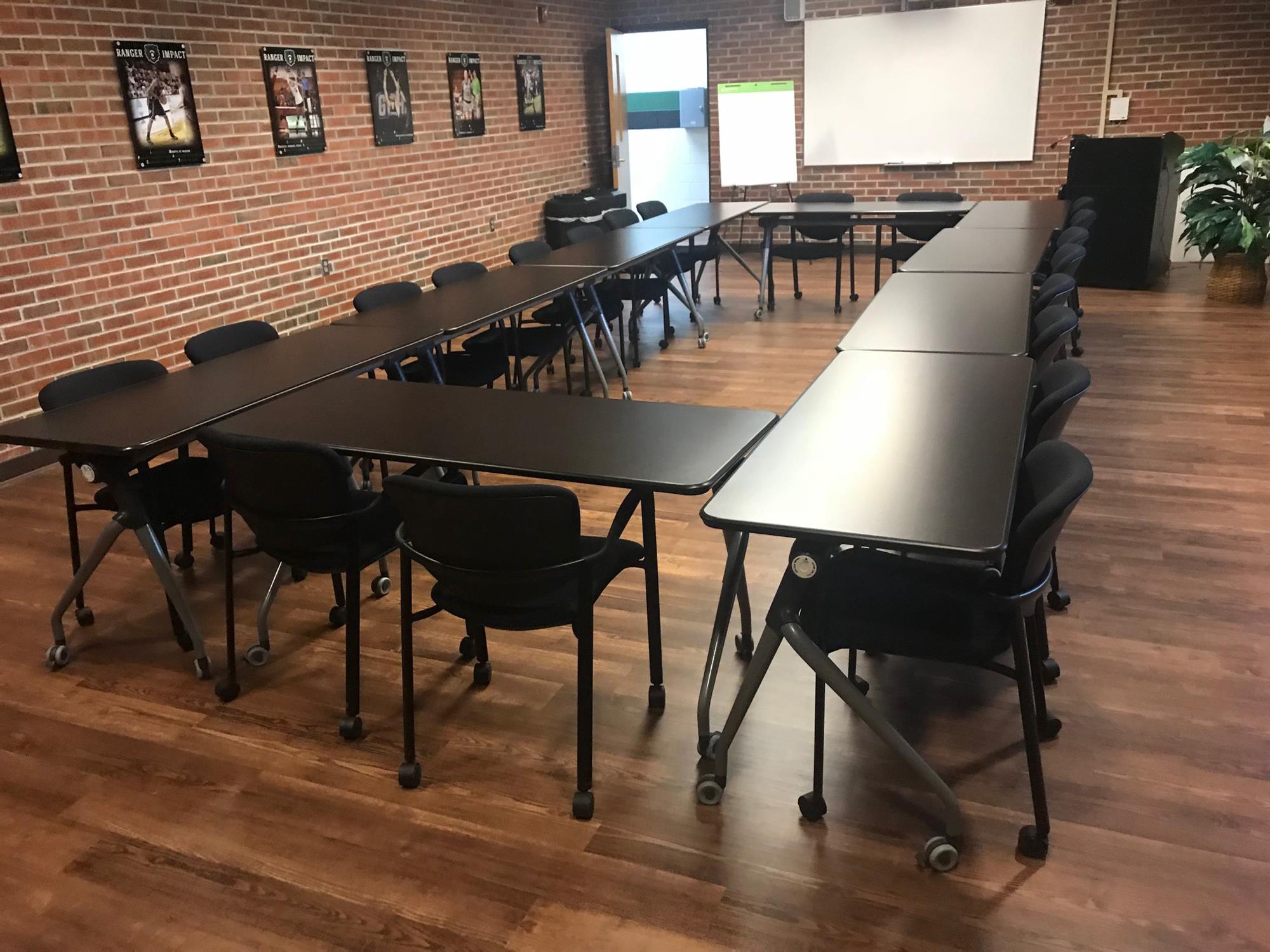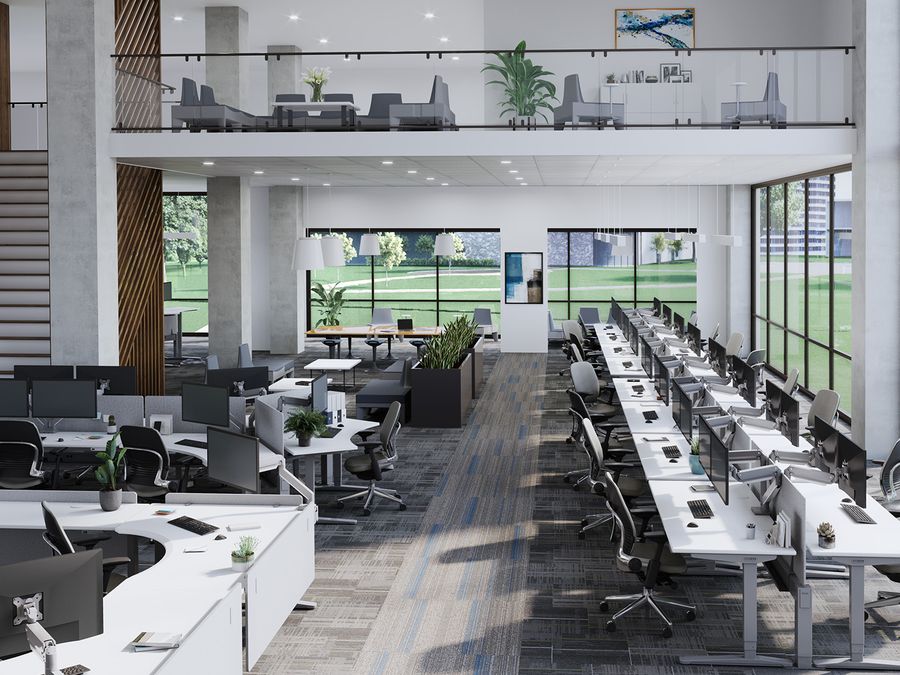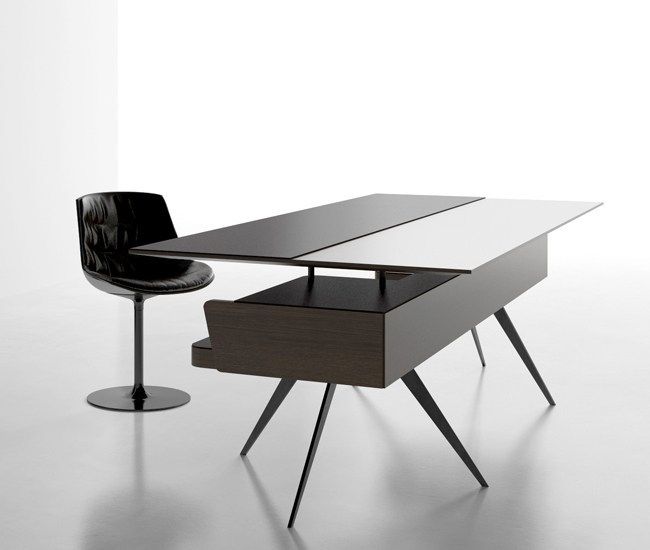1. Introduction: Enhancing Your Outdoor Space
Reviving your outdoor furniture with a fresh coat of paint can breathe new life into your outdoor space. Whether it’s a weathered wooden bench, a rusty metal chair, or a tired plastic table, repainting can transform them into eye-catching pieces that elevate the ambiance of your patio, deck, or garden.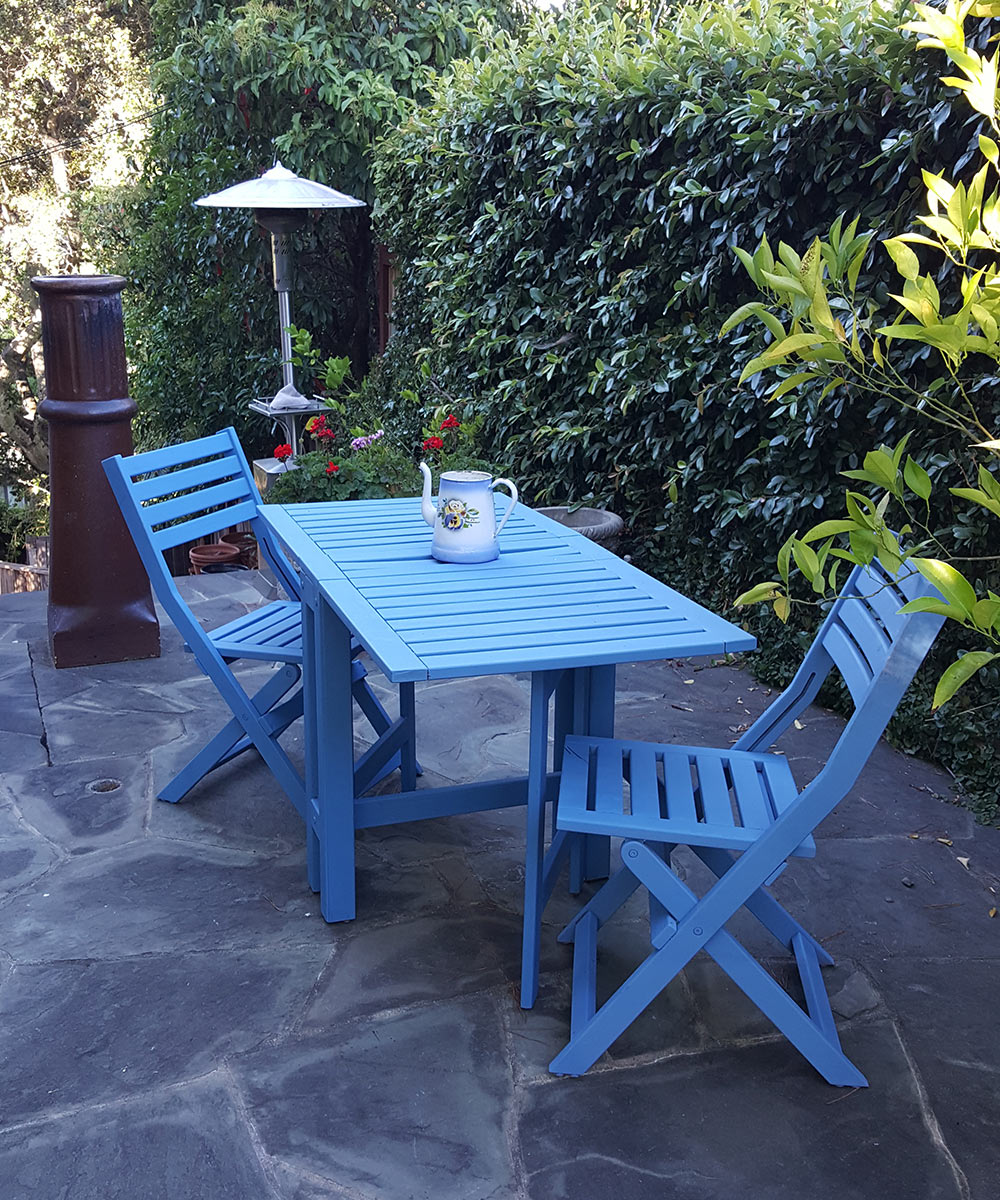
2. Preparing for Success: Gathering Materials and Prepping Furniture
Before you begin, gather all the necessary materials: sandpaper or a power sander, primer, outdoor paint suitable for your furniture material, paintbrushes or spray paint equipment, drop cloths, and protective gear. Begin by thoroughly cleaning the furniture to remove dirt, grease, and old paint. Next, sand the surface to create a smooth base for the new paint to adhere to. Repair any cracks or damage and allow the furniture to dry completely before proceeding.
3. Choosing the Right Paint: Considerations for Outdoor Durability
Selecting the appropriate paint is crucial for ensuring the longevity of your repainted outdoor furniture. Opt for high-quality outdoor paint designed to withstand the elements, such as rain, sun exposure, and temperature fluctuations. For wooden furniture, choose a paint specifically formulated for outdoor use and consider using a primer to improve adhesion and durability. Similarly, for metal or plastic furniture, look for paints labeled for outdoor or rust-resistant applications.
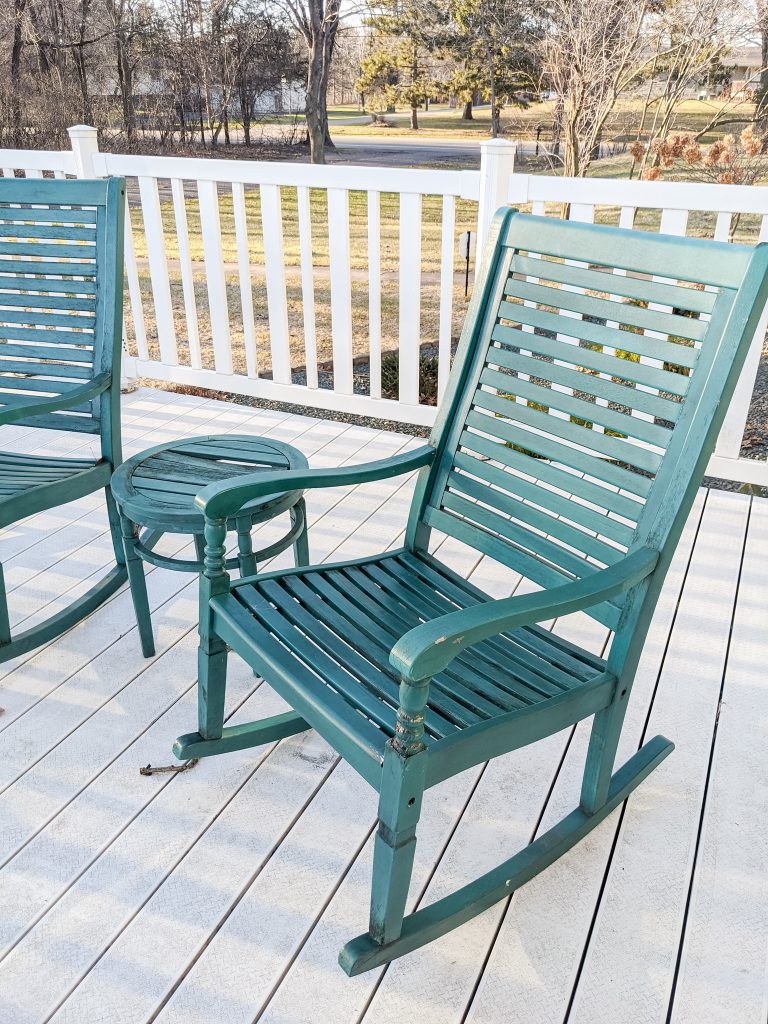
4. Applying Primer: The Key to a Lasting Finish
Priming is an essential step that should not be overlooked when repainting outdoor furniture. Apply a coat of primer evenly across the entire surface, using a brush or spray gun for optimal coverage. Primer not only enhances paint adhesion but also provides an extra layer of protection against moisture and UV damage. Allow the primer to dry thoroughly before proceeding to the next step.
5. Painting Techniques: Tips for a Professional Finish
When it comes to applying paint to your outdoor furniture, technique matters. For smooth, even coverage, use steady, overlapping strokes, ensuring no areas are missed. Consider applying multiple thin coats rather than one thick coat to prevent drips and achieve a professional-looking finish. If using spray paint, maintain a consistent distance from the surface and move the can in a steady motion to avoid pooling or streaking. Allow each coat to dry completely before applying the next.
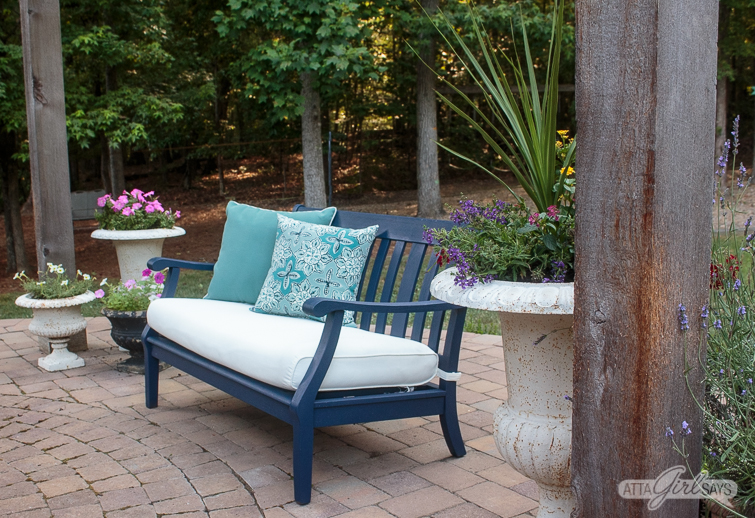
6. Adding Personal Flair: Customizing Your Furniture
Repainting outdoor furniture provides an opportunity to inject your personal style and creativity into your outdoor space. Experiment with bold colors to make a statement or opt for more subdued hues for a classic look. Consider incorporating stencils or patterns to add visual interest, or try techniques like distressing or antiquing for a vintage feel. Don’t be afraid to let your imagination run wild—your repainted furniture can become a unique reflection of your personality and taste.
7. Maintenance and Care: Ensuring Longevity
After repainting your outdoor furniture, proper maintenance is essential for preserving its appearance and durability. Regularly clean the furniture with mild soap and water to remove dirt and debris, and touch up any chips or scratches promptly to prevent further damage. Consider applying a clear topcoat or sealant for added protection against the elements. With routine care and maintenance, your repainted outdoor furniture can continue to enhance your outdoor space for years to come.
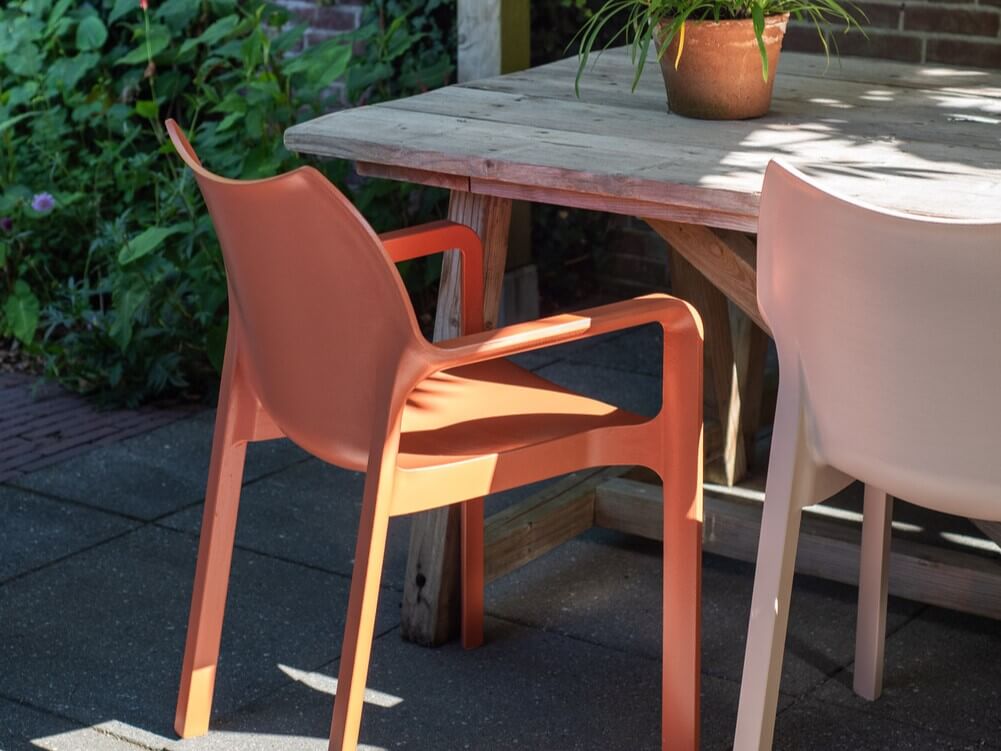
8. Eco-Friendly Options: Sustainable Painting Practices
Incorporating eco-friendly practices into your furniture repainting project can benefit both the environment and your health. Look for paints labeled as low-VOC (volatile organic compounds) or zero-VOC, which emit fewer harmful chemicals into the air. Additionally, consider using recycled paint or repurposing leftover paint from previous projects to minimize waste. When cleaning brushes and equipment, opt for water-based cleaners instead of harsh chemicals to reduce environmental impact.
9. Weather Considerations: Timing Your Project
Timing is key when repainting outdoor furniture, as weather conditions can affect the paint’s drying time and overall finish. Choose a day with mild temperatures and low humidity to ensure optimal drying conditions. Avoid painting in direct sunlight, as it can cause the paint to dry too quickly and result in uneven coverage or bubbling. If possible, plan your project for a time when rain is not expected for at least 24 hours to allow the paint to cure properly.

10. Safety First: Protecting Yourself During the Process
While repainting outdoor furniture can be a rewarding project, it’s essential to prioritize safety throughout the process. Wear protective gear, including gloves, safety goggles, and a mask, to shield yourself from potentially harmful fumes and chemicals. Work in a well-ventilated area to minimize exposure to paint fumes, and avoid smoking or open flames nearby. If painting large pieces of furniture, enlist the help of a friend or family member to prevent strain or injury.
11. Repurposing Old Furniture: Giving New Life to Neglected Pieces
Instead of discarding old or worn-out outdoor furniture, consider repurposing it with a fresh coat of paint. With a little creativity and effort, you can transform outdated pieces into stylish accents for your outdoor space. Sand away imperfections, apply a fresh coat of paint in a modern color, and add decorative elements like cushions or throw pillows to breathe new life into tired furniture. Not only will you save money, but you’ll also reduce waste and contribute to a more sustainable lifestyle.
12. Seeking Professional Help: When to Call in the Experts
While repainting outdoor furniture is a manageable DIY project for many homeowners, some situations may require professional assistance. If your furniture has extensive damage or intricate details that require specialized repair or painting techniques, it may be best to consult a professional furniture restorer or painter. They can offer expert advice, ensure proper preparation and application, and deliver high-quality results that stand the test of time.
13. Conclusion: Transforming Your Outdoor Oasis
Repainting outdoor furniture is a simple yet effective way to refresh and revitalize your outdoor oasis. With the right materials, techniques, and a little creativity, you can breathe new life into old, worn-out pieces and create a stylish and inviting space for relaxation and entertaining. Whether you’re updating a single piece or revamping your entire outdoor furniture collection, the possibilities are endless. Follow the tips and guidelines in this ultimate guide, and get ready to enjoy your outdoor space in a whole new light.






